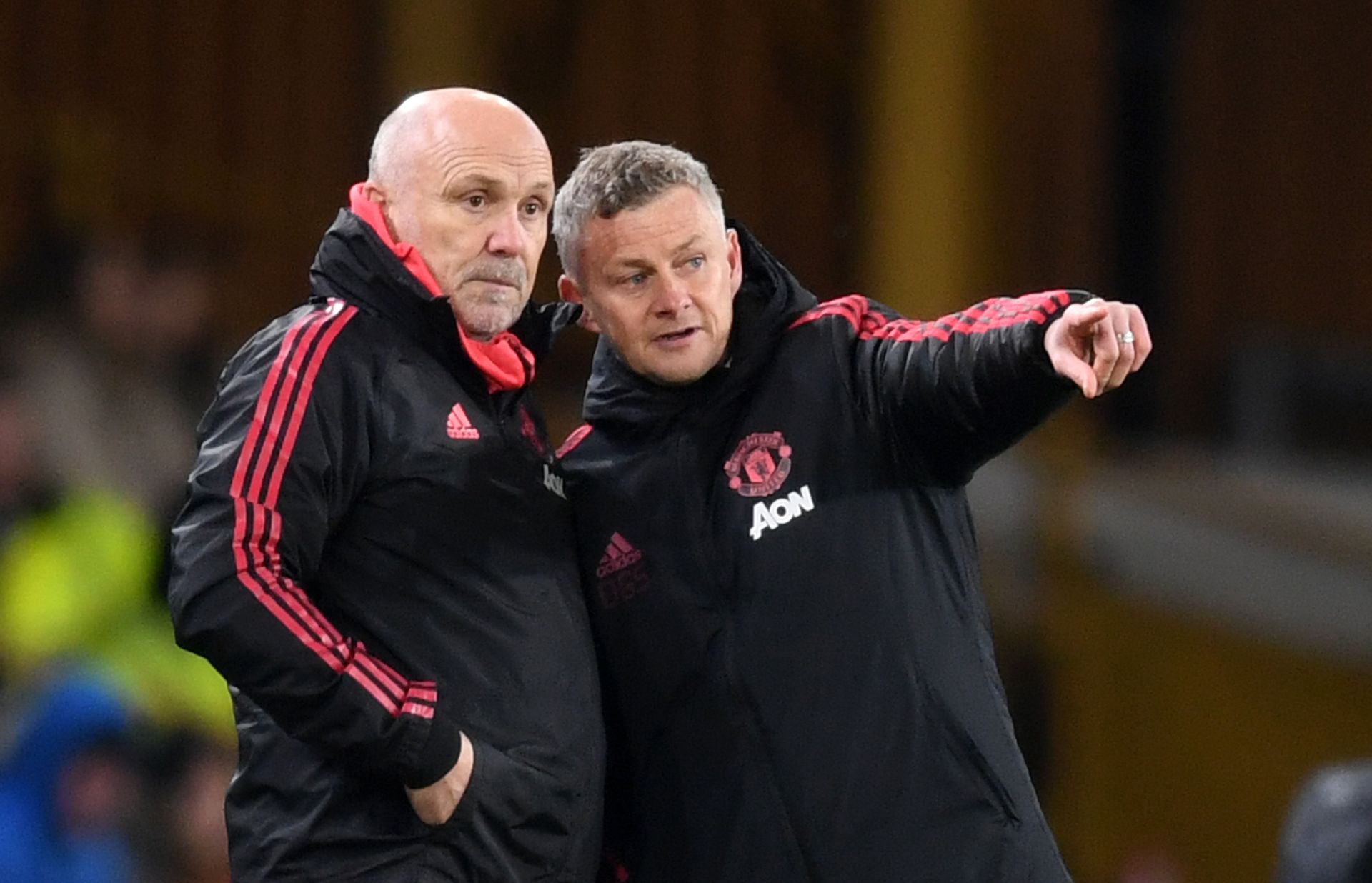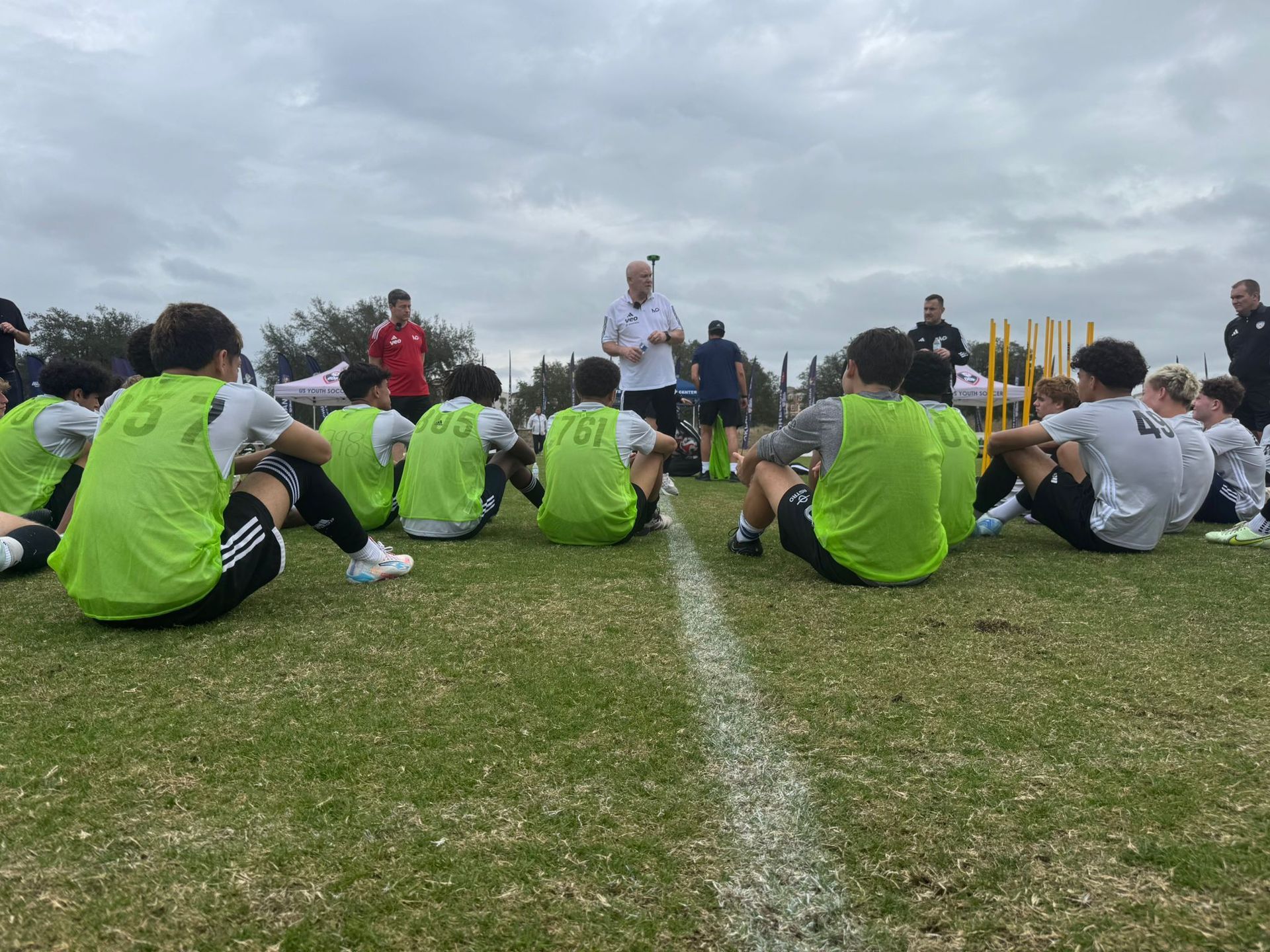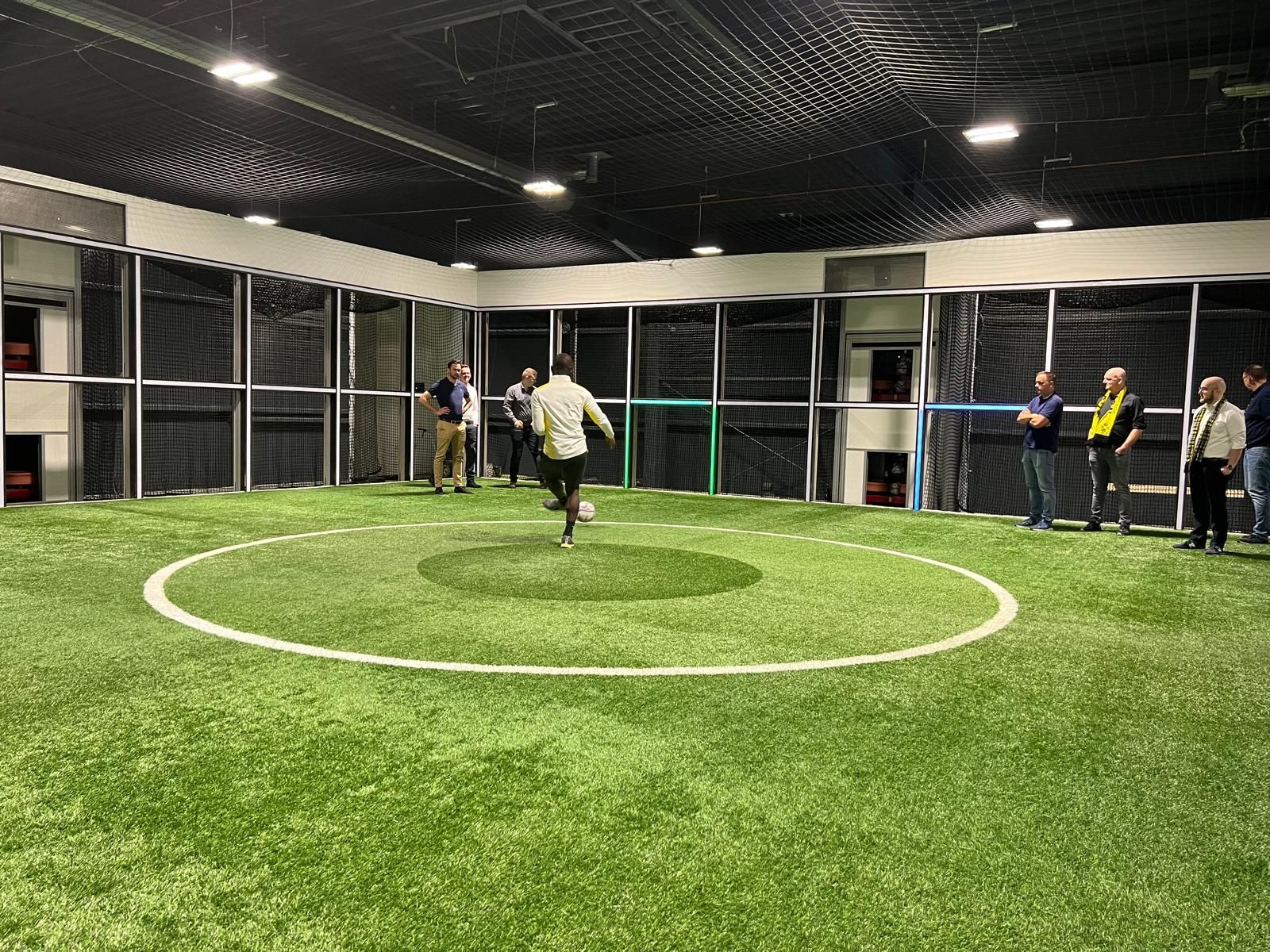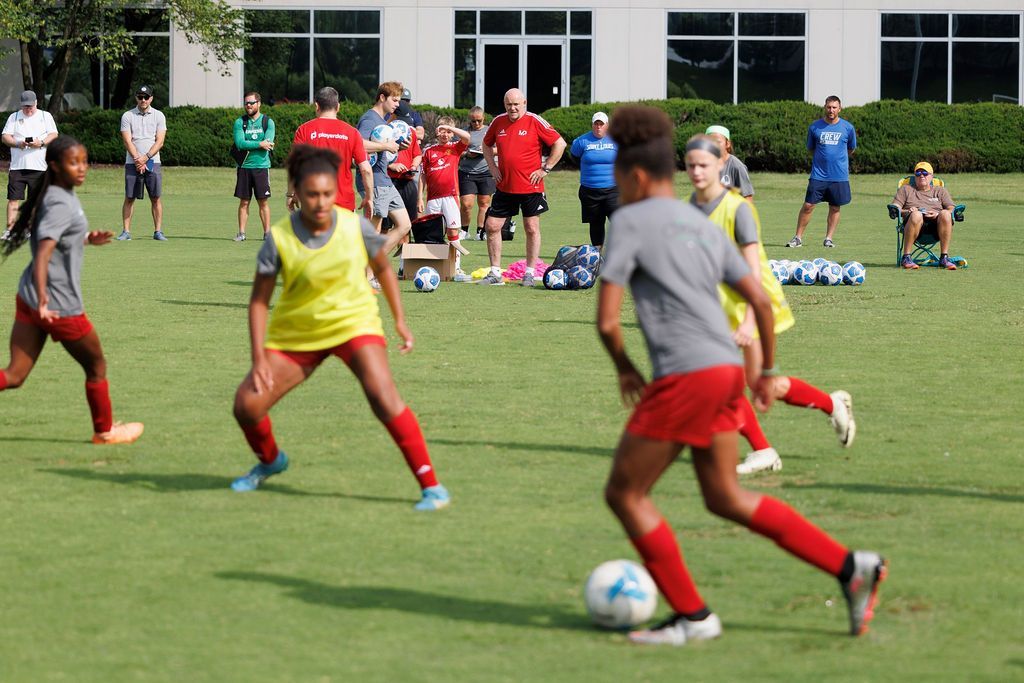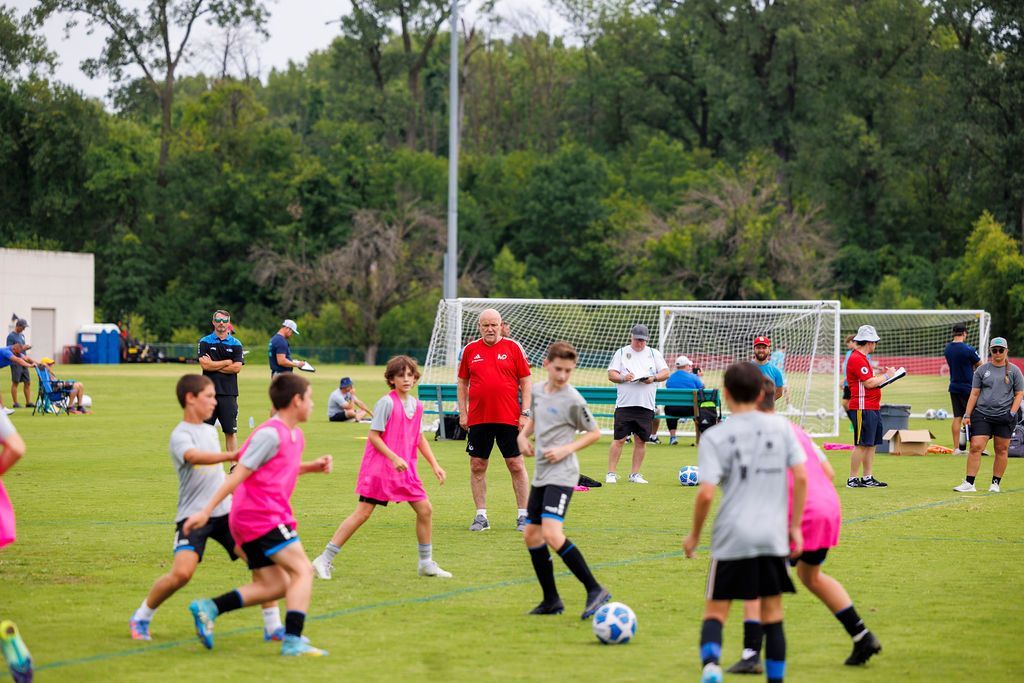The finer details in the art of defending (Stopping the Cross)
In this video our elite coaches Paul McGuinness and Mike Phelan break down the subcomponents of stopping the cross.
Crosses have been data characterized as the assist source of in the region of 23% of Premier League Goals (15% of these arriving from open play) and a highest recorded peak of 28% of assists in the 2002 FIFA World cup.
A phenomenon clearly worth paying attention to in any defensive training especially in a world of individualised coaching and personalised development plans.
In this article and associated video footage the www.mikephelancoaching.com team deal with the ground and feet type of crossing opportunity. In further associated videos we again give credence to detail at the individual level regarding defending the ariel delivery which on its own merits features different detail and minutiae.
So, lets go under the microscope and take a real detailed look at how to stop the cross.
The coaches take into consideration, body position, feet plantation and movement, eyeline and distance between player, ball, and opponent relative to context.
All these technical and physical essentials enhance a defender’s likelihood of success in these often-perilous wide positions.
As Paul looks at defending crosses as a concept under the microscope, we can see in the footage how such above detailed minutiae are of paramount importance in an aspiring soccer players quest for expertise.
In addition to the above we also learn how the detail in terms of being in line with the opponents’ crossing foot should be considered. How stamping down a foot in line rather than simple foot placement will allow allow rapid change of direction or turning motions if required and why you should not be leaving legs dangling or stretched in mid-air.
Former Premier League defender and coach Mike Phelan discusses the eyes and their connection with the ball and why mentally and visually remaining in the present as opposed to what may happen next is important and how this skill works in conjunction with any foot placement.
Paul adds further clarity on the level of difficulty and why the skill is a reactive and transitional skill as you aren’t in charge of the ball and how these minor details facilitate dealing with such a loaded against situation in the attacker’s favour.
What are we waiting for coaches, get out there and give it a go and if you’re a player then pair up with a winger and simply throw them a bag of balls and ask them to beat you.
Deliberate and purposeful practice at its finest
